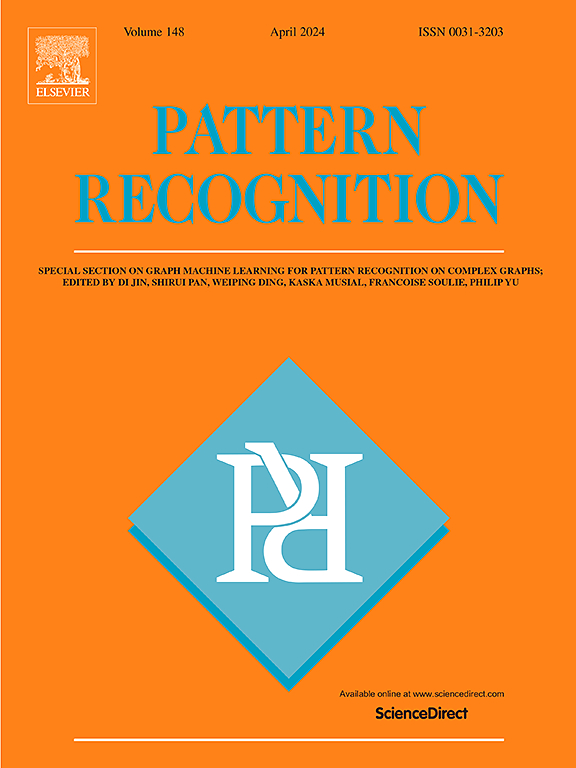大规模多视图聚类的双空间协同训练
IF 7.5
1区 计算机科学
Q1 COMPUTER SCIENCE, ARTIFICIAL INTELLIGENCE
引用次数: 0
摘要
基于锚点的方法以其计算复杂度低、效率高而广受欢迎。现有的解决方案要么在每个视图上构建锚并融合它们,要么直接获得一致的视图结构。然而,这些策略并没有充分利用视图之间的信息。为了解决这个问题,我们提出了一种用于大规模多视图聚类的双空间协同训练(DSCMC)模型,该模型使用双空间协同训练策略学习一致锚图。具体来说,我们在原始空间中引入了一个正交投影矩阵,使学习到的一致锚图能够捕获每个视图中的固有关系。同时,特征变换矩阵将样本映射到共享的潜在空间,便于信息对齐和全面的数据分布理解。提出的联合优化策略使我们能够构建一个判别锚图,有效地捕获多视图数据的基本特征。大量的实验表明,我们的方法降低了计算复杂度,同时在聚类性能方面优于现有的方法。本文章由计算机程序翻译,如有差异,请以英文原文为准。
Dual-space Co-training for Large-scale Multi-view Clustering
Anchor-based methods are popular for their low computational complexity and high efficiency. Existing solutions either construct anchors on each view and fuse them, or directly obtain a consistent view structure. However, these strategies do not fully utilize the information between views. To address this, we propose a Dual-space Co-training (DSCMC) model for Large-scale Multi-view Clustering, which learns the consistent anchor graph using a dual-space co-training strategy. Specifically, we introduce an orthogonal projection matrix in the original space enabling the learned consistent anchor graph to capture the inherent relationships in each view. Meanwhile, the feature transformation matrix maps samples to a shared latent space, facilitating information alignment and comprehensive data distribution understanding. The proposed joint optimization strategy allows us to construct a discriminative anchor graph that effectively captures the essential features of multi-view data. Extensive experiments demonstrate that our method reduces computational complexity while outperforming existing approaches in clustering performance.
求助全文
通过发布文献求助,成功后即可免费获取论文全文。
去求助
来源期刊

Pattern Recognition
工程技术-工程:电子与电气
CiteScore
14.40
自引率
16.20%
发文量
683
审稿时长
5.6 months
期刊介绍:
The field of Pattern Recognition is both mature and rapidly evolving, playing a crucial role in various related fields such as computer vision, image processing, text analysis, and neural networks. It closely intersects with machine learning and is being applied in emerging areas like biometrics, bioinformatics, multimedia data analysis, and data science. The journal Pattern Recognition, established half a century ago during the early days of computer science, has since grown significantly in scope and influence.
 求助内容:
求助内容: 应助结果提醒方式:
应助结果提醒方式:


